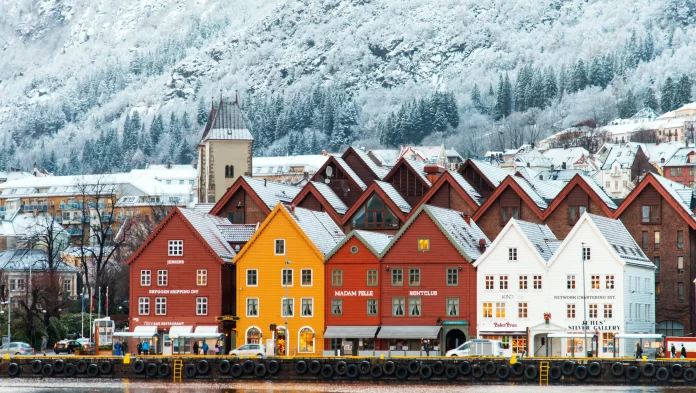Europe has prepared for a second winter of Russian gas shortages, as evidenced by high levels of gas storage, lower energy prices and new fuel sources, according to The Japan Times.
It looks like decades of dependence on cheap Russian gas will be left behind. And the likelihood of exports resuming at previous levels is lower than ever after last year’s unexplained explosions of the Nord Stream pipelines, which run under the Baltic Sea from Russia to Germany.
Before the outbreak of the war in Ukraine, the Nord Stream-1 pipeline accounted for 15 per cent of gas imports to Europe in 2021, according to the Oxford Institute for Energy Studies. The planned second string of Nord Stream-2 was never put into operation.
At the time of the pipeline attack, European gas prices were three times higher than before the Ukraine war, and industries were forced to cut production to reduce gas costs.
Our biggest risk was that Russia can manipulate our energy markets. They don’t have this leverage anymore.
EU Energy Commissioner Kadri Simson stated that the bloc “quickly improved its ability to transport alternative supplies.”
Norway has replaced Russia as the EU’s largest supplier of pipeline gas. In addition, imports of liquefied natural gas (LNG) have surged, led by supplies from the United States.
New pipelines to transport non-Russian gas opened last year in Greece and Poland. Finland, Germany, Italy and the Netherlands opened LNG import terminals.
The EU has also introduced contingency rules requiring countries to share gas with their neighbours in the event of a crisis and agreed legal obligations for countries to fill gas storage facilities.
According to Gas Infrastructure Europe, storage facilities across the EU are 95 per cent full, which could cover almost a third of the bloc’s winter gas demand.
Energy Aspects estimates that eight per cent of average 2017-2021 industrial gas demand in Belgium, the UK, France, Germany, Italy, Portugal, the Netherlands and Spain could disappear forever by 2024.
“Europe has managed to swap out the volumes. But in reality, this has only been possible at the expense of wider economic activity.”
Any turmoil in the global gas market could increase pressure on politicians when the EU, UK, Poland and the Netherlands face elections next year, and the cost of living crisis is expected to be a dominant issue.
You are talking about a much lower cost than in summer 2022. But that could still cost billions of euros.
